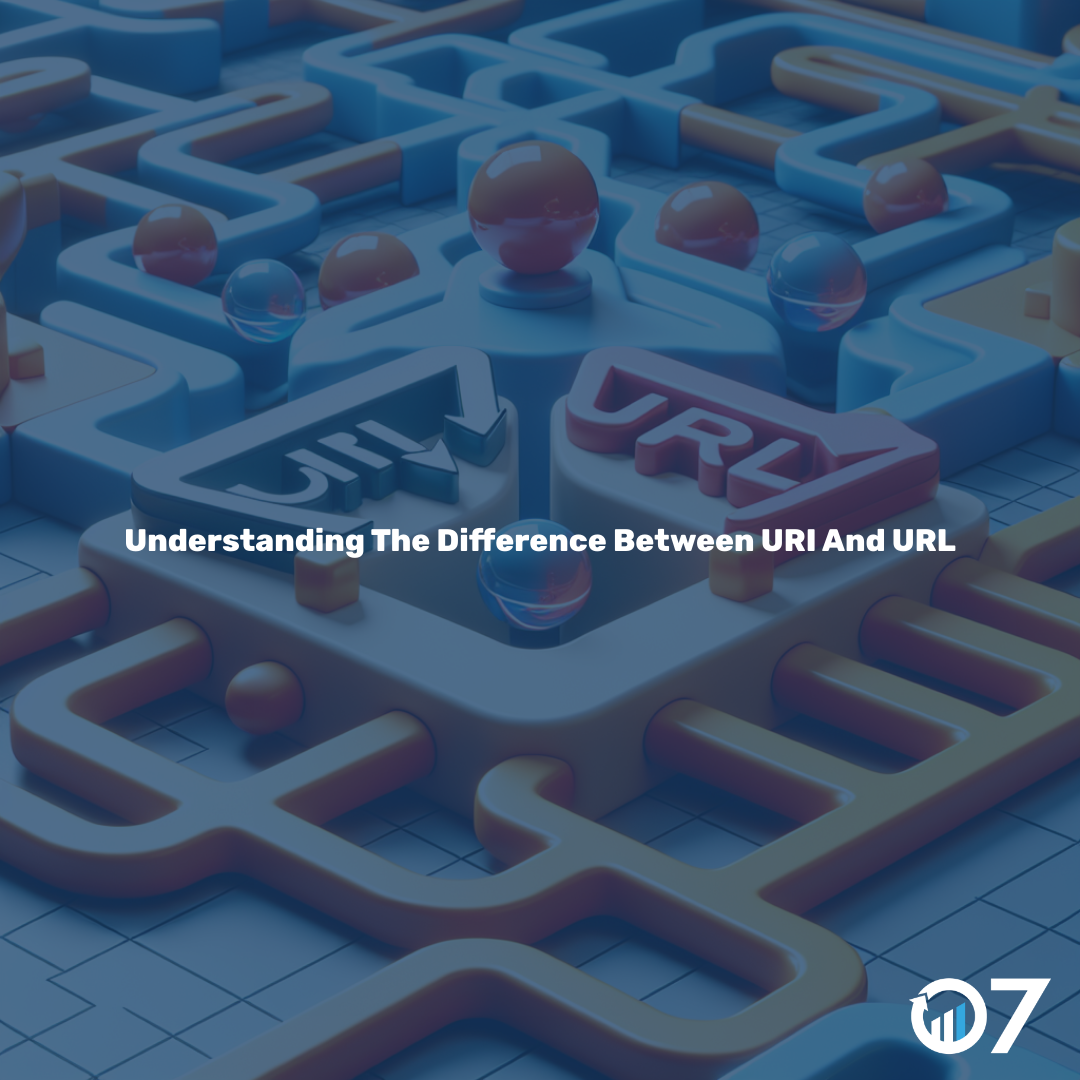Understanding the difference between URI and URL is crucial for businesses aiming to optimise their online presence. Knowing these differences can significantly enhance your website’s performance and therefore make the user experience better.
What is a URI?
A URI, or Uniform Resource Identifier, is a string of characters that identifies a particular resource. This resource can be anything, such as a document, image, downloadable file, or service. URIs are essential for locating and accessing resources on the internet.
Components of a URI
A URI typically consists of several parts:
- Scheme: Indicates the protocol used (e.g., https).
- Authority: Includes the domain name or IP address.
- Path: Specifies the resource’s location on the server.
- Query: Provides additional parameters.
- Fragment: Points to a specific part of the resource.
These components help in precisely identifying and accessing resources on the web.
What is a URL?
A URL, or Uniform Resource Locator, is a specific type of URI. It not only identifies a resource but also provides the means to locate it. URLs are the addresses you type into your web browser to access websites and other online resources.
Components of a URL
A URL consists of the following parts:
- Scheme: Specifies the protocol (e.g., http, https).
- Host: Indicates the domain name or IP address.
- Path: Describes the resource’s location on the server.
- Query: Contains additional parameters for the resource.
- Fragment: Directs to a specific part of the resource.
These elements make URLs indispensable for navigating the internet.
Key Differences Between URI and URL
While all URLs are URIs, not all URIs are URLs. The main difference lies in their functionality:
- URIs identify a resource, while URLs locate it.
- URIs can include URLs and URNs (Uniform Resource Names).
- URLs provide the method to access the resource.
Understanding these differences helps in better website structuring and resource management.
Why Understanding URI and URL Matters
For businesses, knowing the difference between URI and URL is vital for several reasons:
- SEO Optimisation: Proper use of URLs can improve search engine rankings.
- User Experience: Clear URLs enhance navigation and user satisfaction.
- Resource Management: Efficient URI usage helps in better organisation of resources.
These benefits can lead to increased traffic and engagement on your website.
Best Practices for Using URI and URL
To make the most out of URIs and URLs, consider the following best practices:
- Keep it Simple: Use clear and concise URLs.
- Use Keywords: Include relevant keywords for SEO benefits.
- Be Consistent: Maintain a consistent structure for URIs.
- Use Hyphens: Separate words with hyphens for readability.
- Avoid Special Characters: Minimise the use of special characters.
Implementing these practices can significantly enhance your website’s performance.
Common Mistakes to Avoid
While working with URIs and URLs, avoid these common mistakes:
- Overcomplicating URLs: Keep them simple and readable.
- Ignoring SEO: Optimise URLs with relevant keywords.
- Inconsistent Structure: Maintain uniformity in your URL structure.
- Using Special Characters: Avoid unnecessary special characters.
- Neglecting Redirection: Properly manage URL redirections.
By avoiding these mistakes, you can ensure a better user experience and improved SEO.
ConclusionUnderstanding the Difference Between URI and URL
Knowing the difference between URI and URL is essential for businesses looking to optimise their online presence. Proper usage of URIs and URLs can lead to better SEO, enhanced user experience, and efficient resource management. For more insights, visit our blog or contact us via email at info@07hm.co.uk or telephone 01702 410663.





